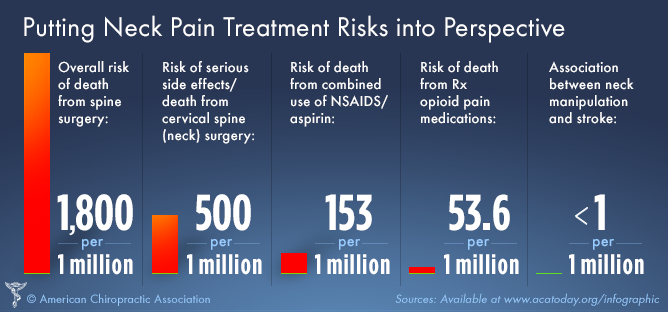Decoding The Scientific Research Of Cold Laser Treatment: Exploring Its Mechanisms And Consequences
Decoding The Scientific Research Of Cold Laser Treatment: Exploring Its Mechanisms And Consequences
Blog Article
Post Author-Walls Hutchison
You may have become aware of cold laser treatment as a promising therapy alternative for numerous conditions, but have you ever before questioned just how it in fact services a cellular degree? Recognizing the systems behind this therapy can shed light on its effectiveness in advertising recovery and lowering inflammation. By discovering the scientific research behind cold laser treatment, you'll obtain insights into the interesting ways in which light can affect mobile processes and facilitate cells repair service.
How Cold Laser Treatment Functions
To understand exactly how cold laser therapy functions, you require to understand the fundamental concepts of how light power connects with biological tissues. Cold laser treatment, also known as low-level laser treatment (LLLT), utilizes specific wavelengths of light to permeate the skin and target underlying tissues. Unlike the extreme lasers used in surgical procedures, cold lasers release reduced degrees of light that do not generate warmth or create damages to the tissues.
When these gentle light waves reach the cells, they're soaked up by elements called chromophores, such as cytochrome c oxidase in mitochondria. This absorption triggers a series of biological responses, consisting of raised cellular power manufacturing and the launch of nitric oxide, which boosts blood flow and decreases inflammation.
In addition, the light power can additionally boost the manufacturing of adenosine triphosphate (ATP), the power currency of cells, helping in mobile fixing and regrowth processes.
Fundamentally, cold laser treatment utilizes the power of light energy to advertise healing and relieve discomfort in a non-invasive and gentle fashion.
Systems of Activity
How does cold laser treatment really work to create its healing effects on organic cells?
Cold laser treatment, likewise known as low-level laser therapy (LLLT), runs through a procedure known as photobiomodulation. When the cold laser is related to the skin, the light energy passes through the cells and is taken in by chromophores within the cells.
These chromophores, such as cytochrome c oxidase in the mitochondria, are then stimulated by the light energy, leading to a cascade of organic reactions. One essential mechanism of action is the improvement of cellular metabolism.
Read Home Page taken in light power boosts ATP manufacturing in the mitochondria, which is essential for cellular feature and repair. In addition, cold laser treatment helps to decrease swelling by preventing inflammatory moderators and advertising the launch of anti-inflammatory cytokines.
This anti-inflammatory effect contributes to pain relief and tissue recovery.
Therapeutic Impacts
Comprehending the restorative results of cold laser treatment includes recognizing how the boosted cellular metabolic rate and anti-inflammatory homes add to its positive results on biological tissues.
When the cold laser is put on the afflicted location, it stimulates the mitochondria within the cells, bring about boosted manufacturing of adenosine triphosphate (ATP), which is essential for cellular feature and repair work. https://can-i-go-to-a-chiropracto73950.digitollblog.com/27674382/checking-out-the-conveniences-of-cold-laser-therapy-a-revolutionary-method-to-healing in cellular energy accelerates the healing process by promoting cells regrowth and decreasing inflammation.
In addition, the anti-inflammatory properties of cold laser treatment help to reduce discomfort and swelling in the targeted location. By inhibiting inflammatory moderators and promoting the launch of anti-inflammatory cytokines, cold laser therapy help in easing pain and enhancing the overall healing response.
This decrease in swelling not just supplies prompt relief but additionally sustains long-term tissue repair.
Final thought
Finally, cold laser therapy works by promoting cellular repair work and tissue regrowth through photobiomodulation. Its anti-inflammatory residential or commercial properties offer pain alleviation and lower swelling by inhibiting inflammatory moderators.
This treatment supplies a comprehensive method to healing, delivering both instant relief and long-term cells repair service benefits.
With its devices of activity, cold laser therapy shows to be an effective and promising treatment choice for a selection of problems.
